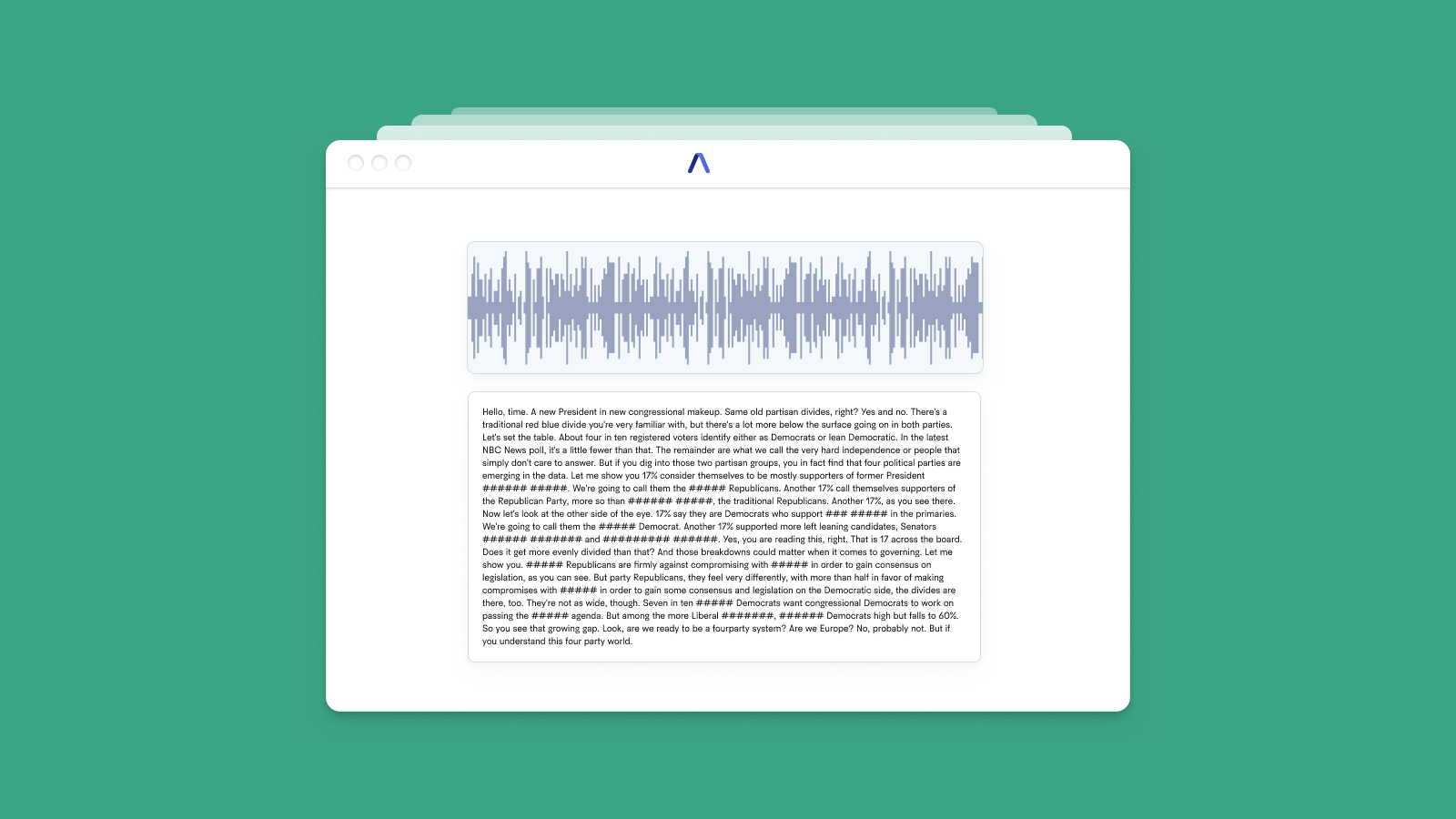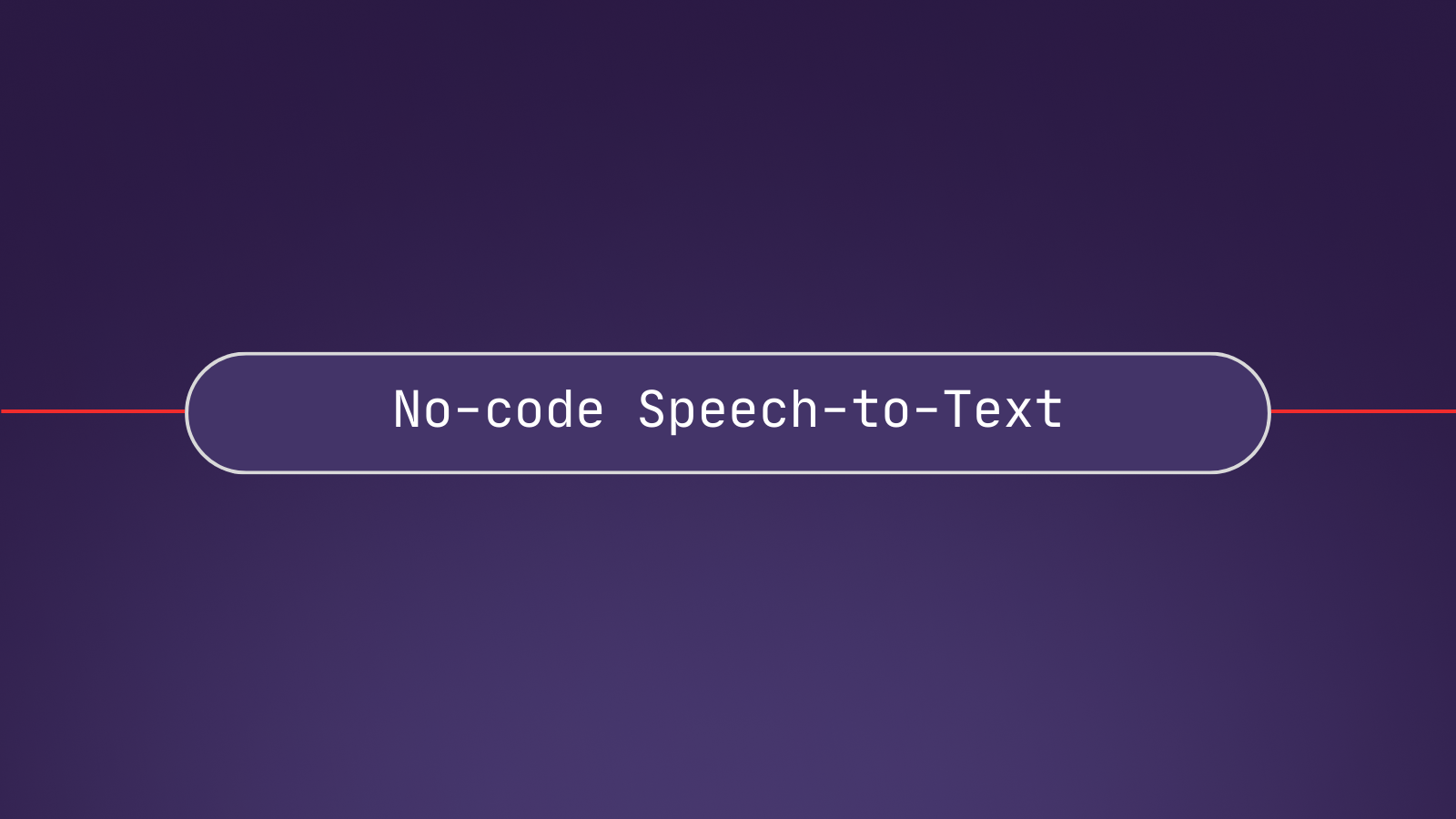The next generation of AI research and technology is here–and everyone is talking about it, thanks in large part to recent developments like ChatGPT and Stable Diffusion text-to-image generation.
Why are these AI-powered tools becoming so popular? Partly, because they empower users to play around with the technology in an accessible way and to generate fun, thought-provoking, unique, interesting, and useful outputs.
For example, users are turning to AI to automatically generate poems from a simple text prompt, create music from text, create award-worthy artwork from text prompts, derive marketing and sales insights from large bodies of audio and text data, and much more.
If you’re looking for additional ways to play around with AI in 2023, these are the six best Artificial Intelligence (AI) playgrounds and free AI tools to try. Note that background level in AI may dictate how useful some of the playgrounds are, though all should be accessible on some level to the general public.
Best AI playgrounds in 2023
1. OpenAI Playground
AI research and deployment company
The OpenAI playground gives users access to OpenAI’s many AI models, including GPT-3 models text-davinci-003, text-curie-001, text-babbage-001, text-ada-001, and text-davinci-002. It also includes Codex models code-davinci-002 and code-cushman-001.
Users can tweak a wide variety of parameters, including temperature, maximum length, stop sequences, frequency penalty, and presence penalty. Note that OpenAI may use the requests submitted to their models to train and improve future models. The models’ training data also does not include any data post-2021, so may lack understanding of current events.
Of course, OpenAI is also behind ChatGPT as well.
2. AssemblyAI Playground
Production-ready AI models to transcribe and understand speech
AssemblyAI applies state-of-the-art AI research to build production-ready, secure, and scalable AI models that are available through a simple API.
AssemblyAI’s AI playground lets users play around with these AI models by dropping in a link to a favorite YouTube video or by uploading an audio or video file directly. Then, users can choose to toggle on/off the following AI models and features:
- Transcription, now even more accurate with AssemblyAI's Conformer-2 model
- Summarization
- Topic Detection
- Auto Chapters
- Content Moderation
- Important Phrases
- Sentiment Analysis
- Entity Detection
- PII Redaction
- Speaker Labels
- Dual Channel
- Profanity Filtering
AssemblyAI also has a LeMUR (Leveraging Large Language Models to Understand Recognized Speech) playground where users can search, summarize, ask questions, and generate new text, with knowledge of all your application’s spoken data.
Once the results are generated, users can choose to share their results with others, have the playground read back the transcription while the corresponding text is highlighted, or to test the AI models with another YouTube link or audio and video file.
New AI models are also released regularly.
Play around with AssemblyAI’s AI playground for free here3. Alpa
System for training and serving Machine Learning models
Alpa is a system that helps developers train and serve large Machine Learning models in a simple and affordable way. The company also hosts an AI playground that offers free, unlimited text generation with OPT-175B, a GPT-3-equivalent model trained by Meta.
Users can click on the buttons for facts, chatbot, airport code, translation, cryptocurrency, code, or math to have the playground automatically generate an example. The sliders at the bottom let users adjust response length, temperature, and top-p. Or users can input their own prompt and generate a response with the playground. Response generation can take up to 17.2 seconds.
4. EleutherAI Playground
Collective for open source AI research
EleutherAI hosts a collective of researchers and developers working on open-source AI research, including large language models.
The EleutherAI playground lets users play around with GPT-NeoX, a 20 billion parameter autoregressive language model, or GPT-J 6B. Users can adjust the temperature and toggle probabilities between most likely, least likely, and full spectrum.
Prompts can be up to 256 characters.
5. NVIDIA AI Playground
Artificial Intelligence computing
NVIDIA’s AI playground lets users explore the intersection of AI, art, and science. The collection includes nine separate playgrounds and AI software, including:
- AI demo of a 360 degree immersive landscape generation, where 3D artists can use a simple web interface to customize AI art for backgrounds.
- AI art at New York’s MoMA, where a Machine Learning model interprets publicly available informational and visual data to produce the art piece, Refik Anadol: Unsupervised.
- NVIDIA Instant NeRF, an inverse rendering tool that renders 3D scenes from static 2D images in seconds.
- AI artist Vanessa Rosa’s unique digital workflow for creating ceramic humanoids.
- NVIDIA Omniverse Audio2Face, where users can automatically add emotion to 3D characters that match voice-over-tracks.
- An interactive AI-powered avatar named Violet, powered by the NVIDIA Omniverse Avatar Cloud Engine (ACE).
- Creativity and AI coffee break, where digital artists explore the creative connection between AI, history, and robots.
- LyricStudio, where users can play around with AI-generated song lyrics and poems.
- NVIDIA 3D workflow, where users can connect existing 3D workflows for live-sync creation.
6. HuggingFace Spaces
AI community
While not a typical AI playground, HuggingFace Spaces lets users discover impressive Machine Learning apps made by the HuggingSpace community. Users can also try out demos of various open source models such as Pixera, MaskCut, FLAN Grammar Correction, Aiornot, InstructPix2Pix, LoRA DreamBooth Training UI, Speech Recognition with visual lip movement, and FreeVC.
Most of the demo apps are implemented with Gradio, an open-source library for building easy-to-use applications using only Python.








